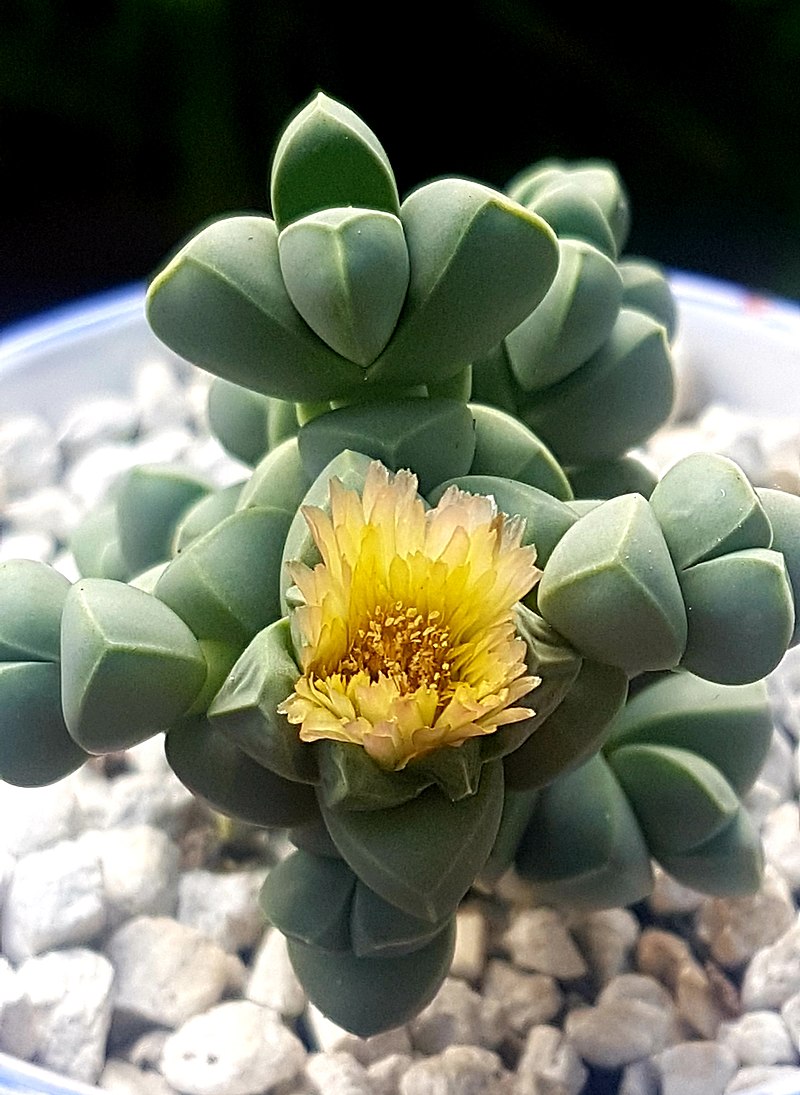The new frontier: extracting electricity from plants. True green energy

Scientists from Israel's Technion have discovered how to harvest the electrons produced by plants through photosynthesis and extract the current. By harvesting naturally transported electrons within plant cells, scientists can generate electricity as part of a 'green' biological solar cell. Now the research team has used a succulent plant to create a living 'bio-solar cell' that runs on photosynthesis powered by solar energy.
The team reported on their study on ACS Applied Materials & Interfaces.
While plants can be a source of food, oxygen, and furniture, they're not often considered a good source of electricity. But by harvesting the naturally transported electrons within plant cells, scientists can generate electricity as part of a 'green' biological solar cell.
In all living cells, from bacteria to fungi, plants to animals, electrons are transported as part of natural biochemical processes. But if electrodes are present, the cells can actually generate electricity that can be used outdoors.
Previous researchers have created fuel cells this way with bacteria, but the microbes had to be constantly fed. Scientists, including Noam Adir's team, have instead turned to photosynthesis to generate current.
During this process, light drives a flow of electrons from the water which ultimately results in the generation of oxygen and sugar. This means that living photosynthetic cells are constantly producing a flow of electrons that can be picked up as a "photocurrent" and used to power an external circuit, just like a solar cell.
Some plants, such as succulents found in arid environments, have thick cuticles to keep water and nutrients inside the leaves. Yaniv Shlosberg, Gadi Schuster and Adir wanted to test, for the first time, whether photosynthesis in succulents could create energy for living solar cells, using water and internal nutrients as the electrolyte solution of an electrochemical cell.
The team created a living solar cell using the succulent Corpuscularia lehmannii , also known as the 'ice plant'. They inserted an iron anode and a platinum cathode into one of the plant's leaves and found that its voltage was 0.28 V. Connected to a circuit, it produced up to 20 µA/cm2 of photocurrent density when been exposed to light and could continue to produce electricity for over a day.
While these numbers are lower than a traditional alkaline battery, they are representative of only one leaf. Previous studies of similar organic devices suggest that connecting multiple leaves in series could increase the voltage.
The team specifically designed the living solar cell so that protons in the leaf's internal solution could combine to form hydrogen gas at the cathode, which could be harvested and used in other applications. According to the researchers, their method could enable the development of future sustainable and multifunctional green energy technologies.
The future of solar cells could be linked not so much to industrial production, but to agriculture. We may even have “electric nurseries” one day

Thanks to our Telegram channel you can stay updated on the publication of new articles from Economic Scenarios.
The article The new frontier: extracting electricity from plants. True Green Energy comes from Economic Scenarios .
This is a machine translation of a post published on Scenari Economici at the URL https://scenarieconomici.it/la-nuova-frontiera-estrarre-elettricita-dalle-piante-la-vera-energia-verde/ on Fri, 23 Dec 2022 07:00:41 +0000.

